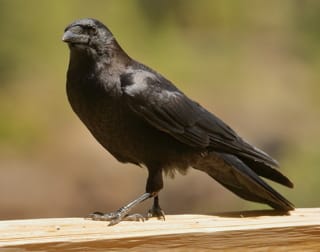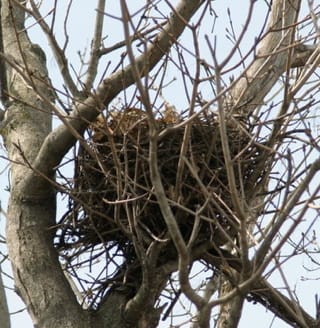Initially this guide displays common birds of all types that are flying right now in our area. Use the selectors below to view rare birds, view birds flying any time, restrict the output to a certain shape of bird, or search by name.
New Mexico is on the western edge of the Central Flyway which is one of the major migration pathways between north and south for birds traveling between breeding and wintering grounds along the Rocky Mountains. This has resulted in the state having an incredible diversity of birds with over 550 different species reported. A little more than half of this number are sighted annually on the Pajarito Plateau. Some of these birds are full-time residents, some migrate here for a few weeks or months, and other are only seen briefly as they pass through the region.
This guide features many of the birds known to frequent Los Alamos county by when they are likely to be seen in the area. You can get additional information on local birds by joining PEEC Birders or going to the eBird website. eBird also includes lists of rare bird sightings and birding hot spots.
Bird References
Birdweb
Cornell Lab of Ornithology
eBird
eNature
Institute for Bird Populations
National Audubon Society
New Mexico Ornithology Society
What Bird
xeno-canto
Subject Area Experts (all guides)
Steve Cary (butterflies)
Beth Cortright (insects)
Terry Foxx (invasive plants)
Leslie Hansen (mammals)
Richard Hansen (fish, mammals)
Dorothy Hoard (butterflies, trees)
Chick Keller (flowers, herbarium)
Shari Kelley (geology)
Kirt Kempter (geology)
Garth Tietjen (reptiles)
David Yeamans (birds)
Web Development and Content Management
Pat Bacha
Jennifer Macke
Graham Mark
Akkana Peck
Contact
Please contact us for local nature questions and sightings. We welcome comments, corrections, and additions to our guides.
For more information about local nature, please visit our Nature Blog or subscribe to PEEC This Week.
Make Selection
 Photo: adult by Bob Walker  Photo: adult by B.J. Stacey  Photo: nest by Mike Leveille |  American CrowAMCR (Corvus brachyrhynchos, Corvus americanus)Family: Corvidae (Jays, Magpies, and Crows) Size: 17 - 21 in (43 - 53 cm) Flies: Jan 01 - Dec 31 Morphology: adults are entirely black including eyes, feathers are iridescent, tails are square-shaped, and wings are rounded; males are larger than females; immatures have blue eyes; note: crows are smaller in size and have thinner bills, sleeker feathers and a higher pitched voice than ravens Status: native; common Food source: omnivorous; insects, spiders, snails, earthworms, frogs, small snakes, shellfish, carrion, garbage, eggs, seeds, grain, berries, and fruit Habitat: deciduous growth along waterways, orchards, mixed evergreen woods, suburban and urban areas American Crows are common and widespread through the US having moved beyond farmlands into towns and cities. They are very intelligent and have survived several past extermination attempts. They are social, forming large community roosts in winter. A breeding pair may be helped by their offspring from previous seasons. Nests, a large basket of sticks and mud lined with soft materials, are built by both parents, usually in a crook of a large shrub or tree. Eggs are incubated, mostly by the female, for about 18 days. Both parents and sometimes “helpers” fed the chicks until they leave the nest in 4 to 5 weeks. Crows are susceptible to and may die from West Nile disease. Tracks Info Photos Distribution Frequency Featured |
